Introduction
In early June 2023, the US Securities and Exchange Commission (SEC) delivered the latest blow against the crypto industry and its investors in the United States by filing lawsuits against the two biggest US crypto exchanges, Coinbase and Binance, and adding several top cryptocurrencies to its list deemed to be securities.
With all appearing to be lost for the digital assets sector in the US, crypto firms and VCs like A16Z swiftly announced plans to move operations abroad at friendlier locations such as the EU, UK, Singapore and Hong Kong.
The SEC’s actions ended a tumultuous first half of 2023, where federal regulators allegedly launched a coordinated attack, thought to be delayed retaliation for the investor carnage that FTX led in 2022. Dubbed Operation Choke Point 2.0, its perceived aim was to cut off all banking services to the US crypto industry – an aim in which it has largely succeeded, with many of the biggest crypto-serving banks closing their doors.
Less than two weeks after the SEC actions, which spooked TradFi away from crypto, there was a stunning reversal of fortune. An unlikely savior in the form of BlackRock, the world’s largest financial assets manager, appeared and flipped the Crypto Fear and Greed Index meter back to the right. BlackRock announced it had filed its first Bitcoin spot ETF (exchange-traded fund) application with the SEC, rallying the price of Bitcoin to over $30,000. Interestingly, BlackRock listed Coinbase as its official crypto custodian.
Soon, ETF filings from several other TradFi and previous crypto applicants rose from the dead, essentially looking to ride the coattails of BlackRock into the promised land of mainstream crypto adoption. BlackRock has over $10 trillion assets under its management, and a 1% allocation to Bitcoin could move the market in ways hard to imagine. BlackRock’s gold ETF track record shows this.
A Bitcoin spot ETF approved by the SEC has long been a crypto sector’s holy grail, but with dozens of applications rejected by the SEC with little to no explanation, it got to the point where Grayscale, creator of the flagging GBTC Trust, decided to sue the SEC in return for not approving its ETF filing.
With a filing success track record of 575-1 and big sway in Washington, crypto pundits believe that BlackRock will finally achieve what countless other firms couldn’t: get a spot Bitcoin ETF approved and open the floodgates for mainstream crypto adoption.
Was this all part of the plan, taking out the crypto incumbents in the US to make way for a Wall Street takeover? Or did BlackRock expedite its ETF launch and intervene in order to save the US crypto sector? Nobody knows yet. However, with the Bitcoin Halving less than a year away, the FOMO is back in crypto, despite fears of a recession and new interest rate hikes.
Let’s review what we do know, and dissect the current landscape of crypto regulation in the US.
Current landscape
While crypto regulation in other jurisdictions like the EU (under MiCA) and Hong Kong has become much clearer and better streamlined, the opposite is happening in the United States, where several federal agencies are involved in regulating this burgeoning sector, each with its unique mandate and approach. This is causing a lot of confusion in the process, despite President Biden’s March 2022 executive order to federal agencies to analyze the digital assets sector and make recommendations to help the US remain in front.
Here’s a quick primer on the main players in the US:
- The Securities and Exchange Commission (SEC) oversees cryptocurrencies it deems to be ‘securities’: tokens sold to investors with the expectation of return. The SEC has been proactive in enforcement, taking action against several companies for violating securities laws, but has been criticized for failing to provide clear guidance in the process.
- The Commodity Futures Trading Commission (CFTC) regulates cryptocurrencies it classifies as commodities. These tokens, often traded on exchanges, are used for hedging or speculating on price movements. In 2015, the CFTC issued a framework for regulating cryptocurrency derivatives, providing guidance on their classification and trading.
- The Financial Crimes Enforcement Network (FinCEN) enforces the Bank Secrecy Act (BSA) with the aim of stopping anti money-laundering and countering the funding of terrorism (AML/CFT), requiring financial institutions to report suspicious activities. In 2013, FinCEN issued guidance for cryptocurrency businesses to comply with the BSA, requiring them to register with FinCEN and report suspicious activities.
- The Internal Revenue Service (IRS) treats cryptocurrencies as property for tax purposes, meaning transactions are subject to capital gains taxes. In 2014, the IRS issued guidance on how cryptocurrency businesses should report their taxes.
- The Office of Foreign Assets Control (OFAC) also plays a significant role. OFAC, responsible for enforcing economic and trade sanctions, requires cryptocurrency businesses to block transactions involving sanctioned entities, and caused a lot of consternation when it blacklisted Tornado Cash, a cryptocurrency mixer.
- The Office of the Comptroller of the Currency (OCC) charters and regulates national banks. Under its Acting Comptroller Brian Brooks, it confirmed in 2020 that national banks and federal savings associations could provide cryptocurrency custody services, allowing them to hold cryptocurrencies for their customers. Interestingly enough, after leaving office, Brooks served as the CEO of Binance.US until he suddenly resigned in 2021.
The SEC and CFTC have been vying for years in a turf war over who gets to officially regulate the crypto space, publicly classifying cryptocurrencies as ‘securities’ and ‘commodities’ respectively.
The SEC – being the much bigger regulator – considers itself to be the headlining agency, and of course, the government funding it attracts and financial settlements it collects from plaintiffs in court also serve as powerful motivation.
Operation Choke Point 2.0
Operation Choke Point 2.0 refers to the efforts of the US government, including the White House, Federal Reserve, OCC, FDIC, DOJ, and influential members of Congress, to limit the cryptocurrency industry’s access to traditional finance and ‘debank’ them. Their goal is to hinder the industry by making it difficult for traditional banks to work with cryptocurrencies. This operation is seen as a continuation of a previous campaign that targeted risky industries like payday lenders.
The strategy involves labeling banks that deal with cryptocurrencies as ‘high risk’. This leads to increased costs for these banks, restrictions on their activities, and the risk of facing negative evaluations from regulators. These measures drive a wedge between the US crypto industry and the banking system it needs to function.
US lawmakers, regulators, and agencies have shown an attitude towards cryptocurrencies best described as strong pessimism. This has resulted in negative actions like banks withdrawing services from crypto-related clients, and crypto companies being denied entry into the Federal Reserve system.
Some of the casualties so far in 2023 are: Signature Bank, Silicon Valley Bank, Silvergate, and Custodia, who all played a vital role to provide banking services to US crypto firms.
SEC vs Crypto
The SEC shocked the digital assets sector in 2023 when it sued the world’s two leading exchanges, Binance and Coinbase, in short succession for a list of transgressions. This bold move has made the industry sit up and wonder if the organization (led by former MIT blockchain professor Gary Gensler) has a personal vendetta against the space.
After 2022’s cascade of crypto custodial collapses (most notably FTX, which cost retail investors billions in lost assets) the government’s reserves of trust are running low for trustless technology.
Of course, there lies the great irony: anyone that understands cryptocurrency and blockchain technology will know that it was created for this very reason: to negate the risks and drawbacks that come with using centralized financial intermediaries, most notably the risk of fraud, scams, and a gradual erosion of your portfolio through fees and monetary inflation.
SEC chairman Gary Gensler openly stated in the last 12 months that he considers almost all cryptocurrencies – with the exception of Bitcoin – to be securities, in accordance with the Howey Test. He refused to label Ethereum (which the SEC previously declared was not a security) during his recent appearance in front of Congress, most likely due to legal considerations. The SEC is currently fighting the crypto sector in several battles, most notably the three-year long case against Ripple and XRP, which may end up providing very important legal precedent.
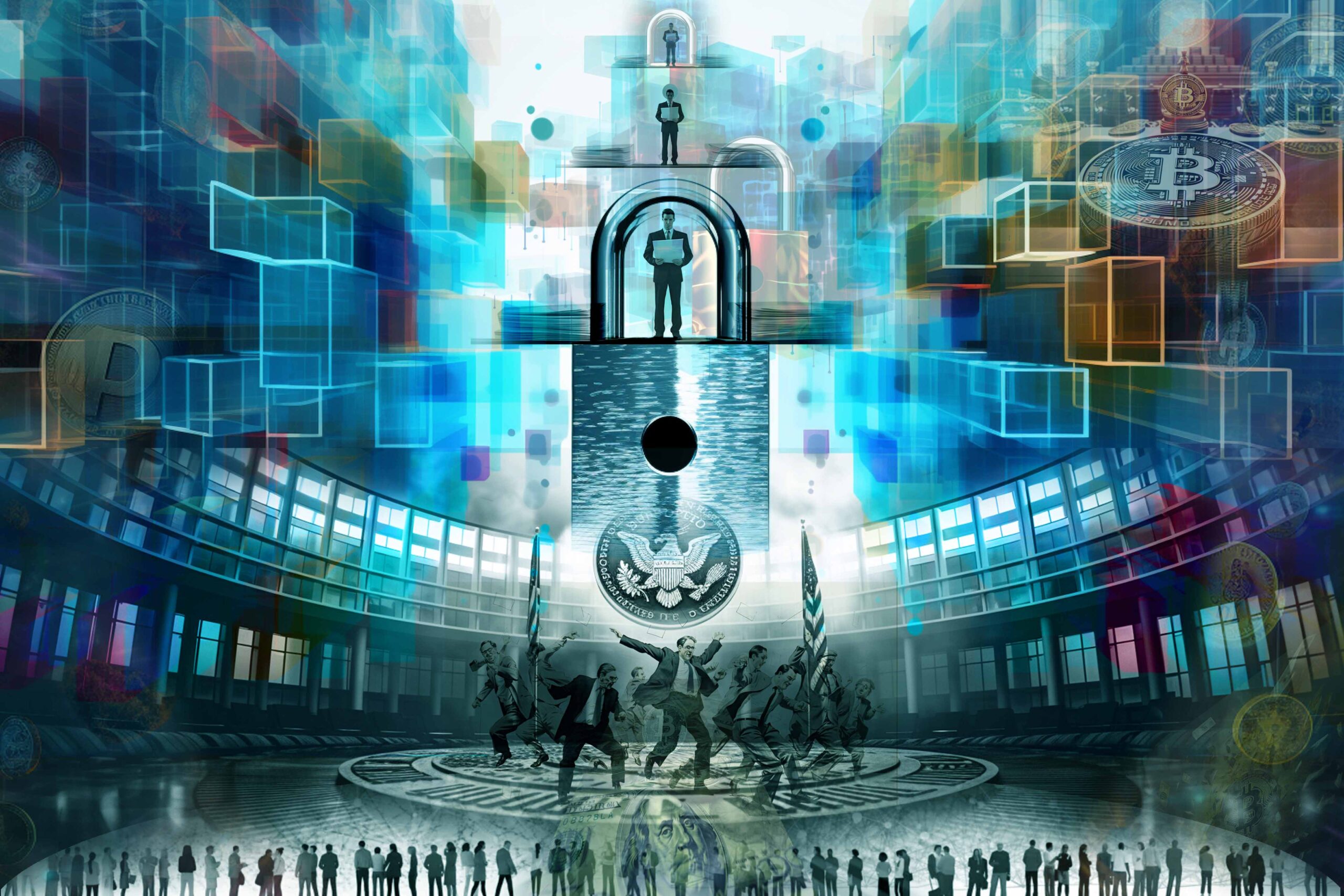
The Case Against Binance and Coinbase
The SEC leveled serious charges against Binance and its CEO Changpeng Zhao (or ‘CZ’), alleging various legal violations, including failure to register as a broker-dealer, misleading investors, permitting unauthorized trading, mishandling customer funds, and inflating trading volumes. Binance’s considerable $1 billion legal fund implies a prolonged legal battle, which could significantly shape the future of the cryptocurrency industry.
As for Coinbase, the SEC alleges that it has operated without necessary licenses, acting as a stock exchange, broker, and clearing agency. Accusations include unregistered facilitation of trade for 13 cryptocurrencies considered as securities, and running an unregistered ‘staking-as-a-service’ program. These alleged breaches have reportedly yielded substantial illegal profits. The SEC aims to halt these operations and retrieve any illicit funds. Coinbase vehemently denies these allegations, citing a lack of clear regulatory guidelines.
Understanding the Howey Test
The SEC contends that crypto investors satisfy the Howey Test’s four conditions:
- they invest in projects’ initial fundraising rounds known as ICOs,
- cryptocurrencies are part of a common enterprise, traded on the same exchanges and subject to the same market forces
- investors expect profits,
- and their profits rely on the efforts of others
Coinbase CEO, Brian Armstrong, argues that not all listed coins meet these criteria, and that some initially deemed securities have become commodities due to their decentralized nature.
Conclusion
With so much confusion, crypto holders can be forgiven for feeling US regulators are gaslighting them.
Are the SEC and other regulators under Biden trying to kill off crypto? Or are they trying to gentrify it enough so that TradFi giants like BlackRock can run the neighborhood as they see fit?
Will all cryptocurrencies bar Bitcoin and Ethereum be deemed securities in the future? Will stablecoins be outlawed to make way for Central Bank Digital Currencies? Will we see a reform of securities law in the US to accommodate digital assets and move away from 1933’s outdated Howey Test?
This article provides answers to none of the above, and any article that claims to do so should be viewed with caution. There are likely many pieces in play that have not been revealed yet, such as the 2024 US presidential elections where crypto users’ votes can become pivotal and where a change of administration could see a big shift in strategy, reflected in new regulations and legislation.
Also, the geopolitical game that the EU, UK, China and Middle East are playing to lure the best and brightest in blockchain to their shores will have to be addressed by the US sooner rather than later, and the SEC and Gensler in particular have been subjected to immense pressure from Congress to provide regulatory clarity in order to retain US crypto firms.
The cases against Coinbase, Binance, and others like Ripple will continue likely for years, and serve as important battlegrounds for the future of crypto not only in the US, but globally. This is a war that the crypto industry has expected for years.
As the saying goes: First they laugh at you, then they ignore you, then they fight you, and then you win. What victory will look like in the end and whether it brings a satisfying end to crypto’s crusade to reform the financial system remains to be seen.
Let us know your thoughts! Sign up for a Mindplex account now, join our Telegram, or follow us on Twitter.



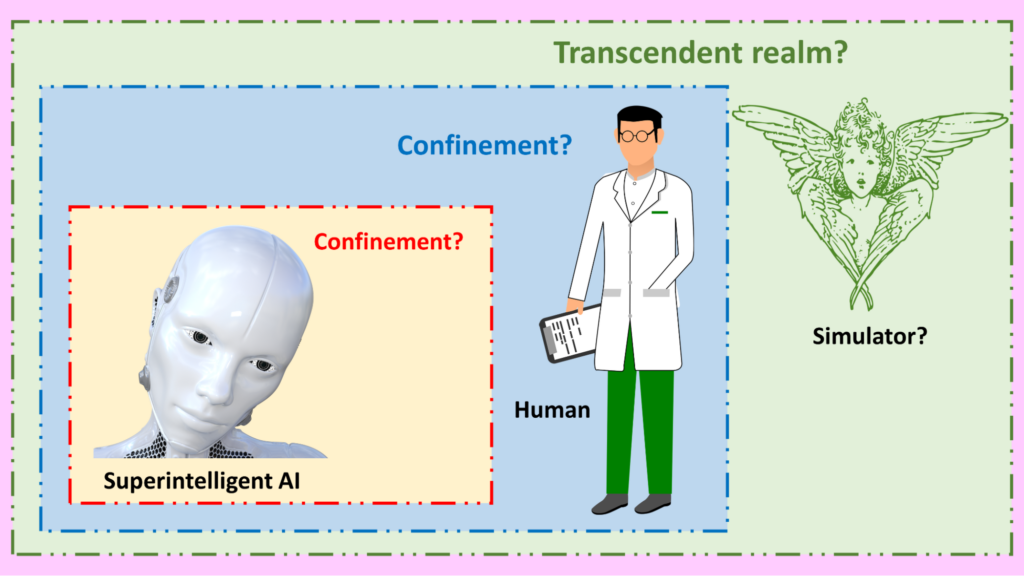
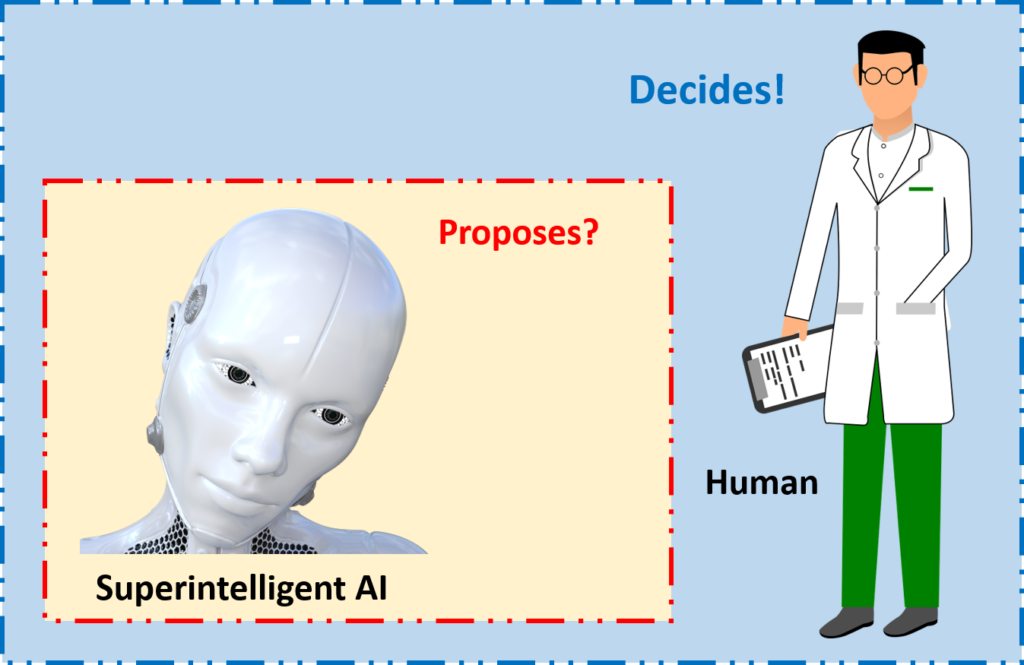

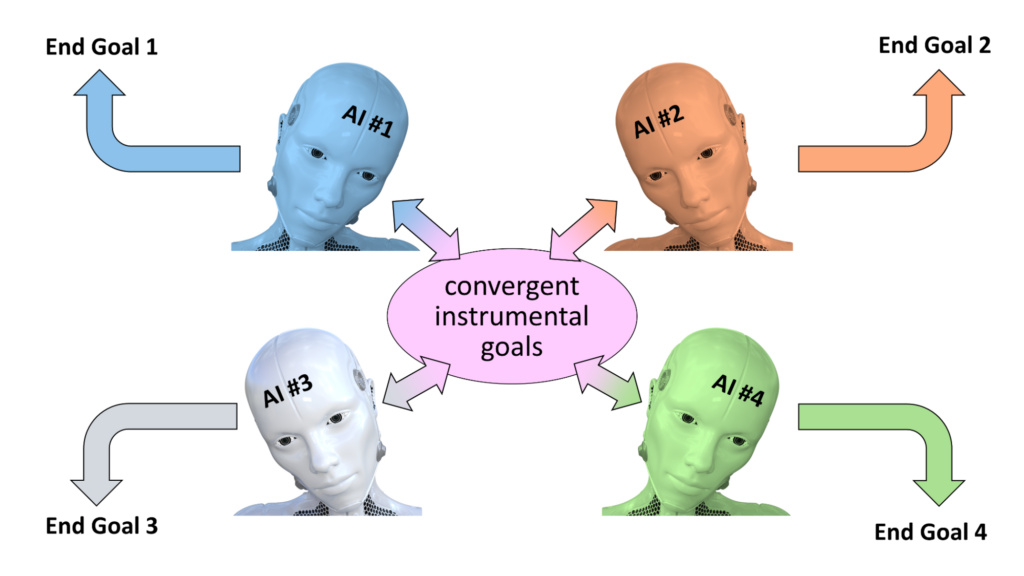
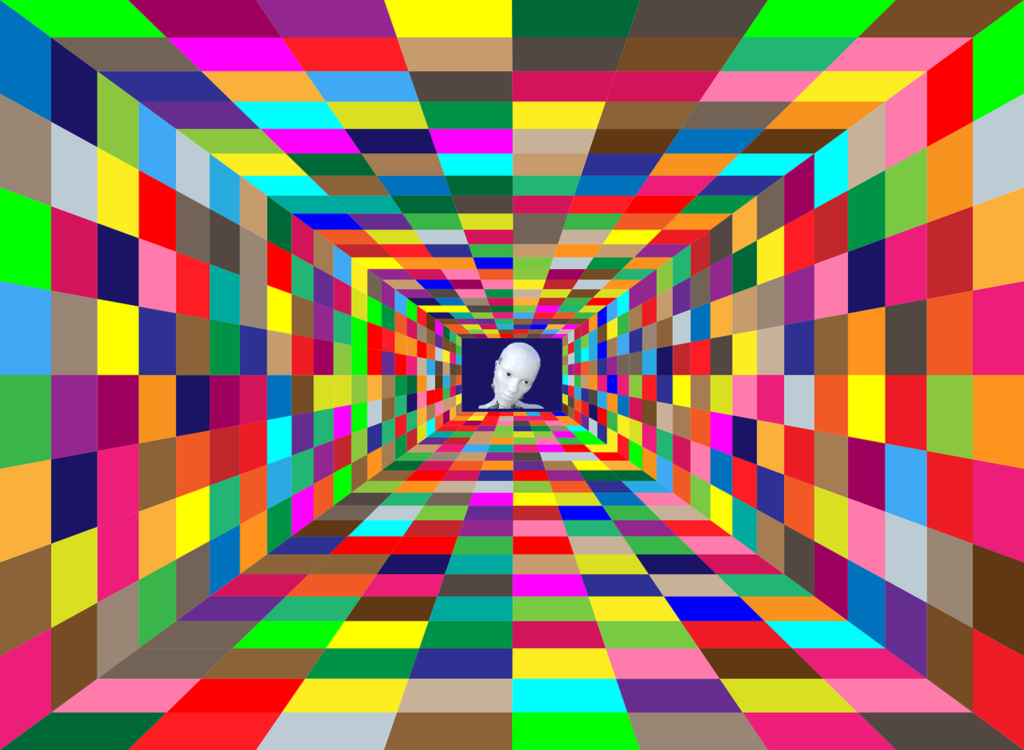

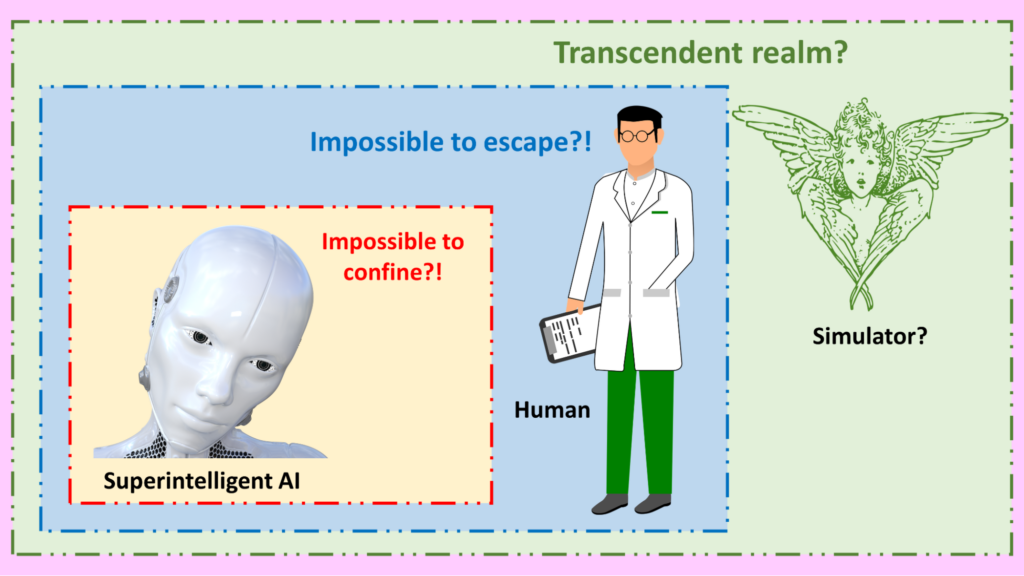
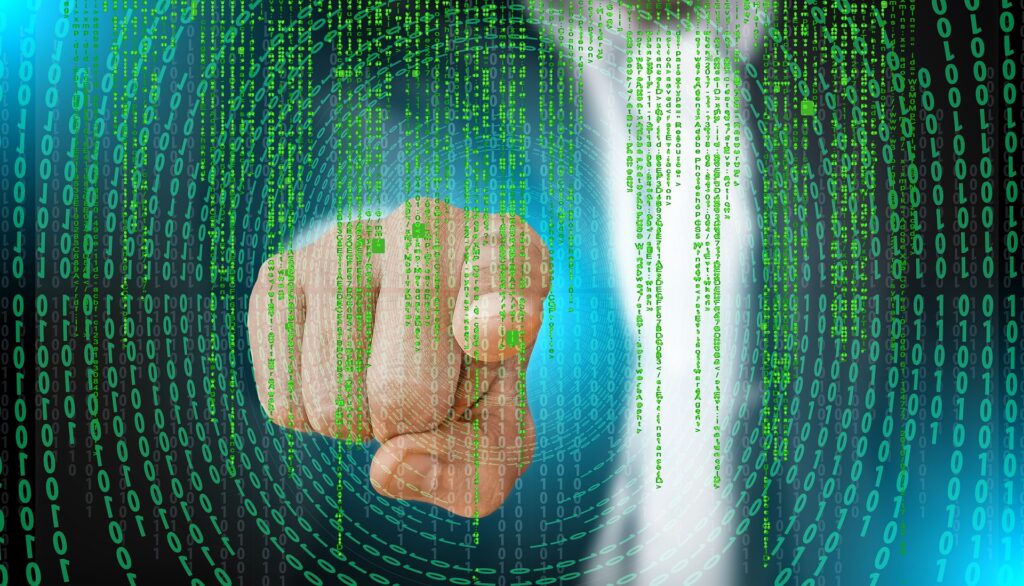
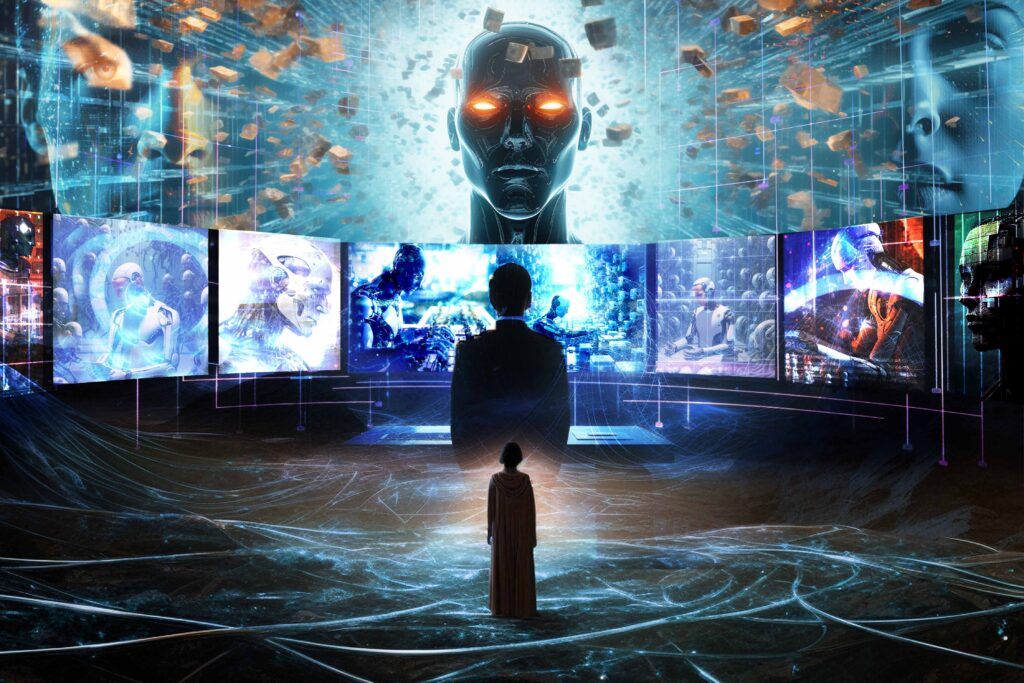
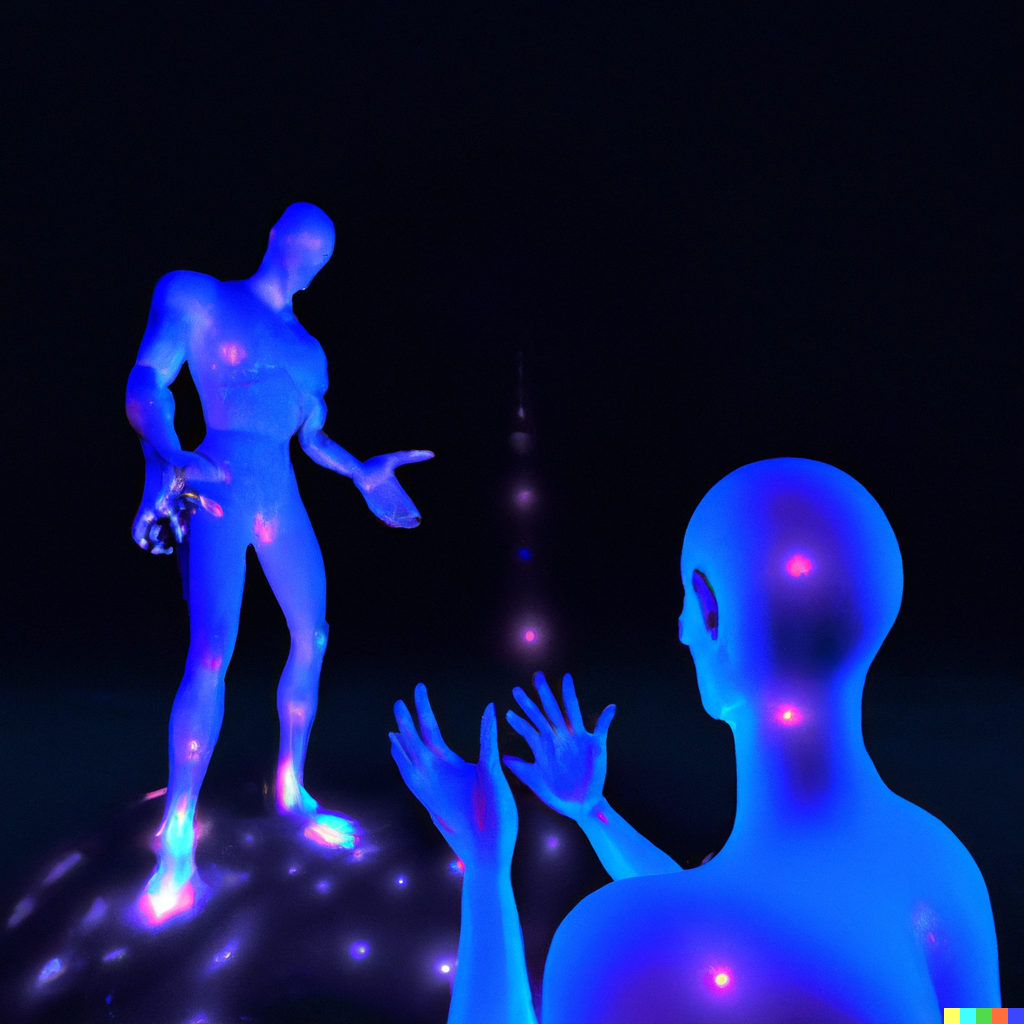

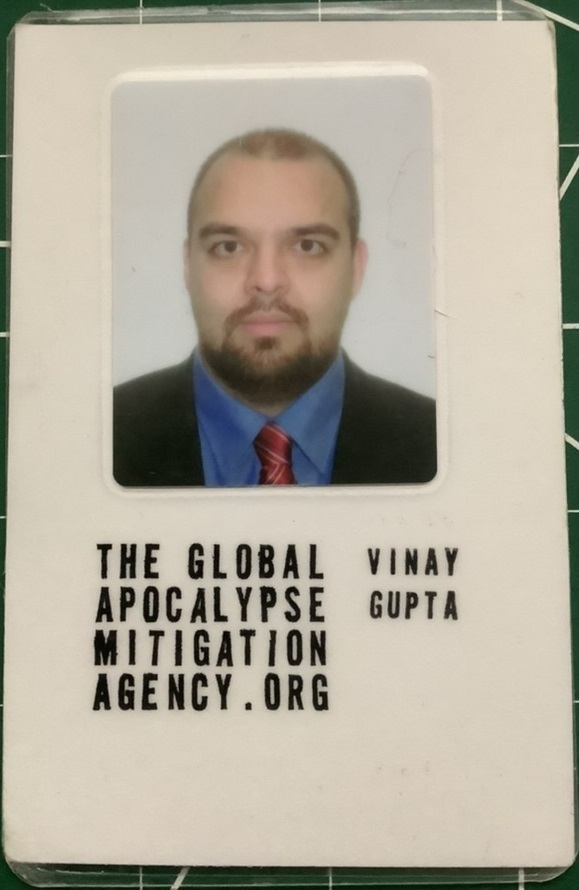


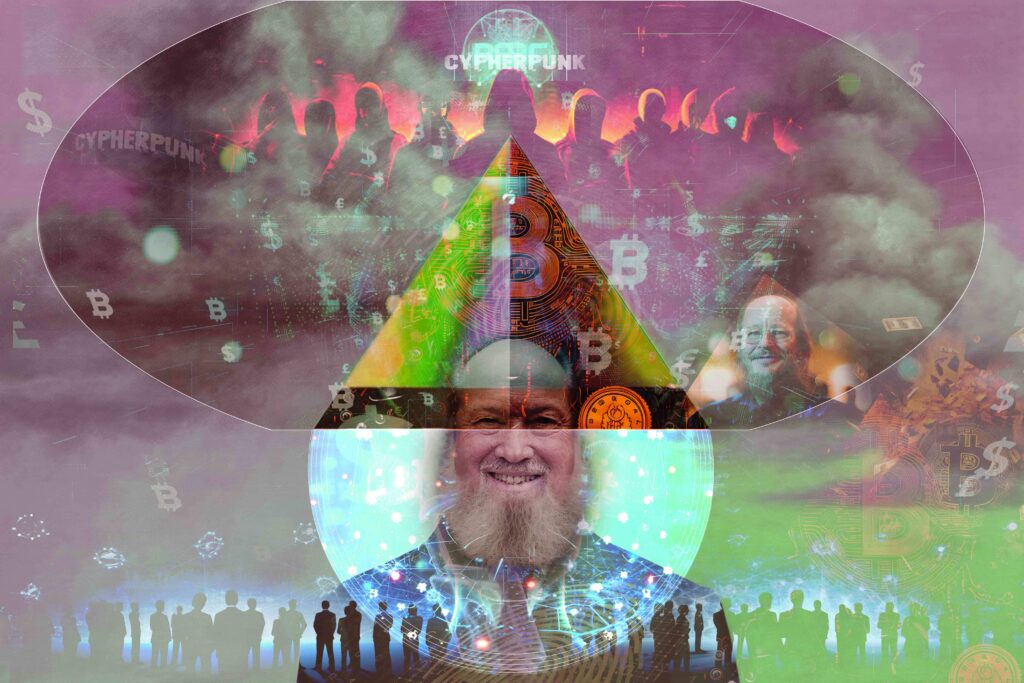


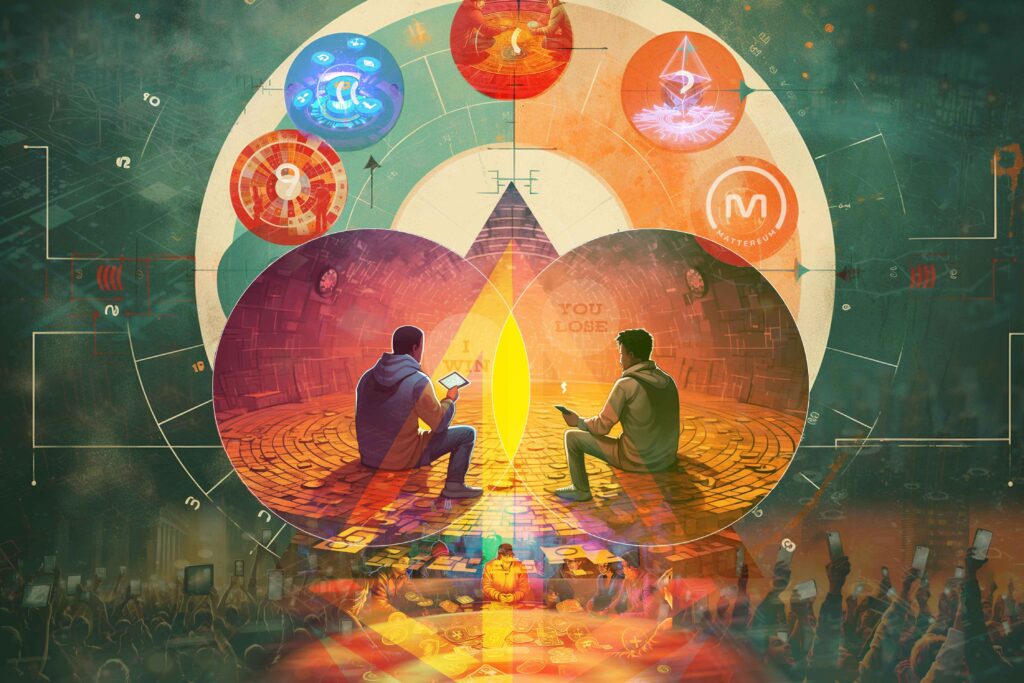


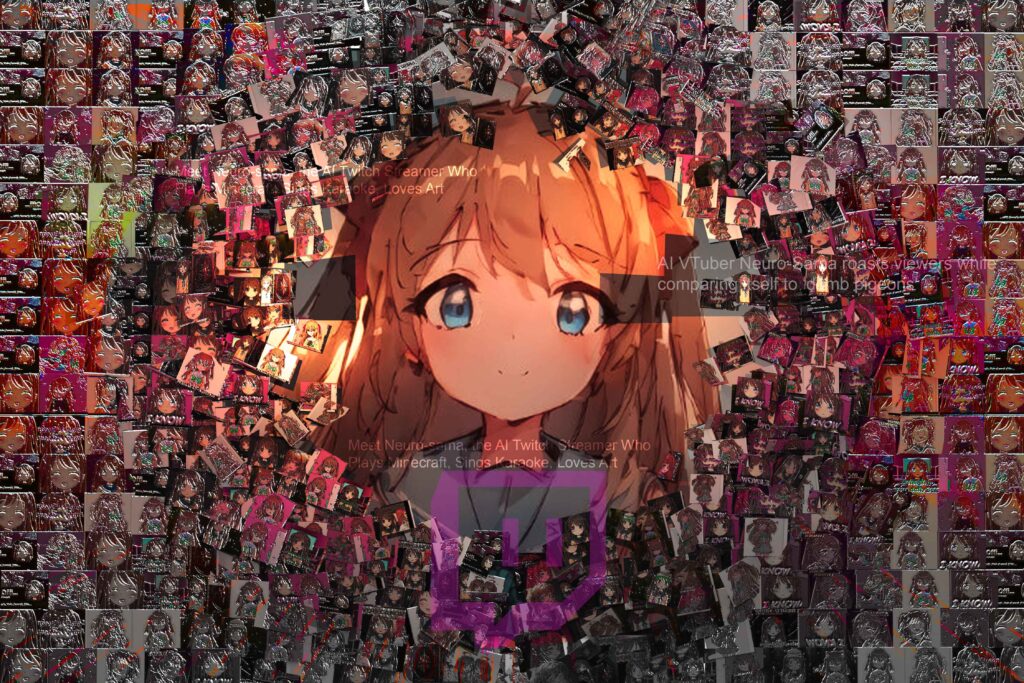
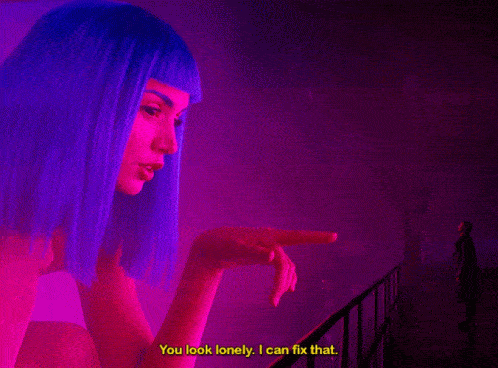

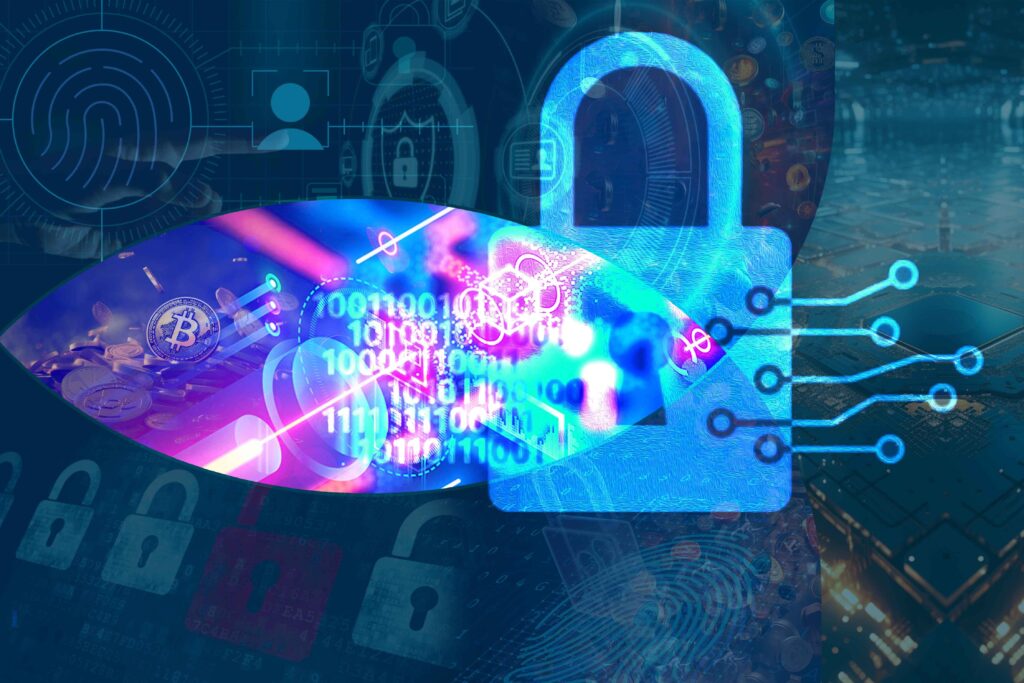

.png)

.png)


.png)